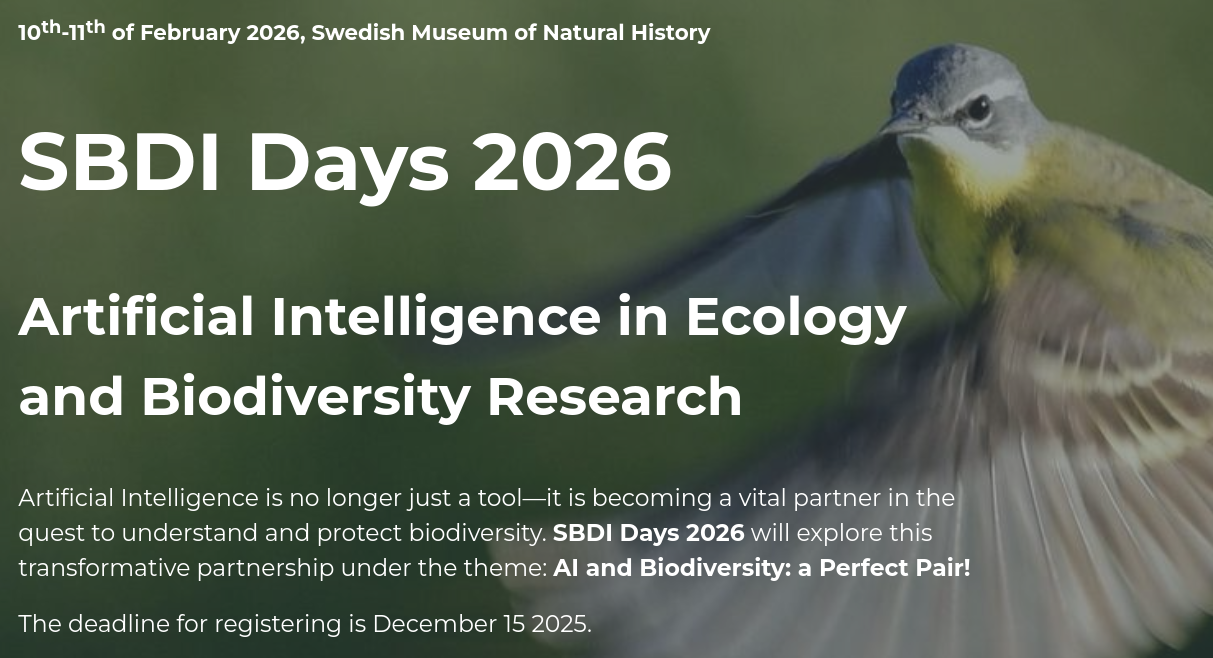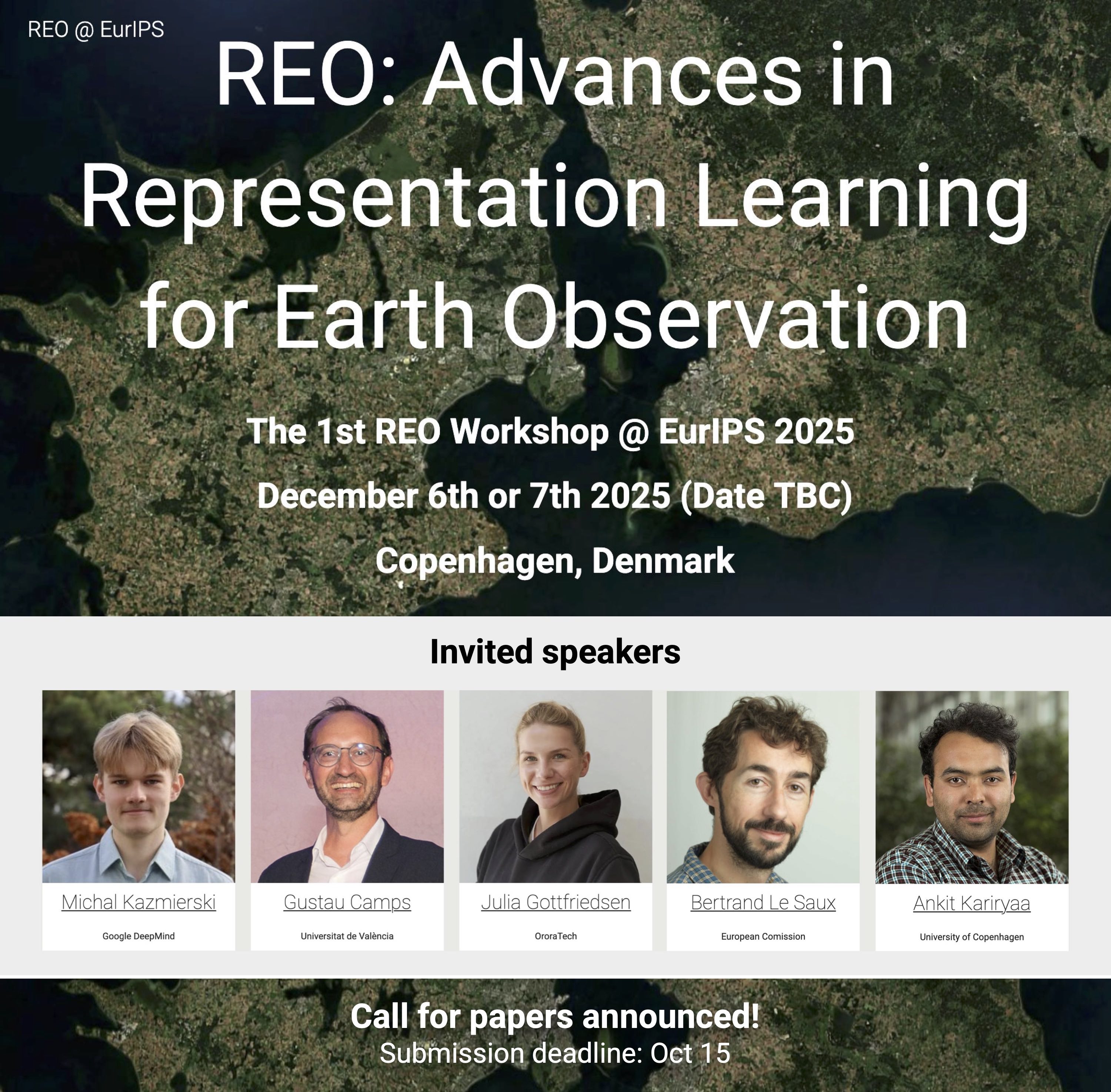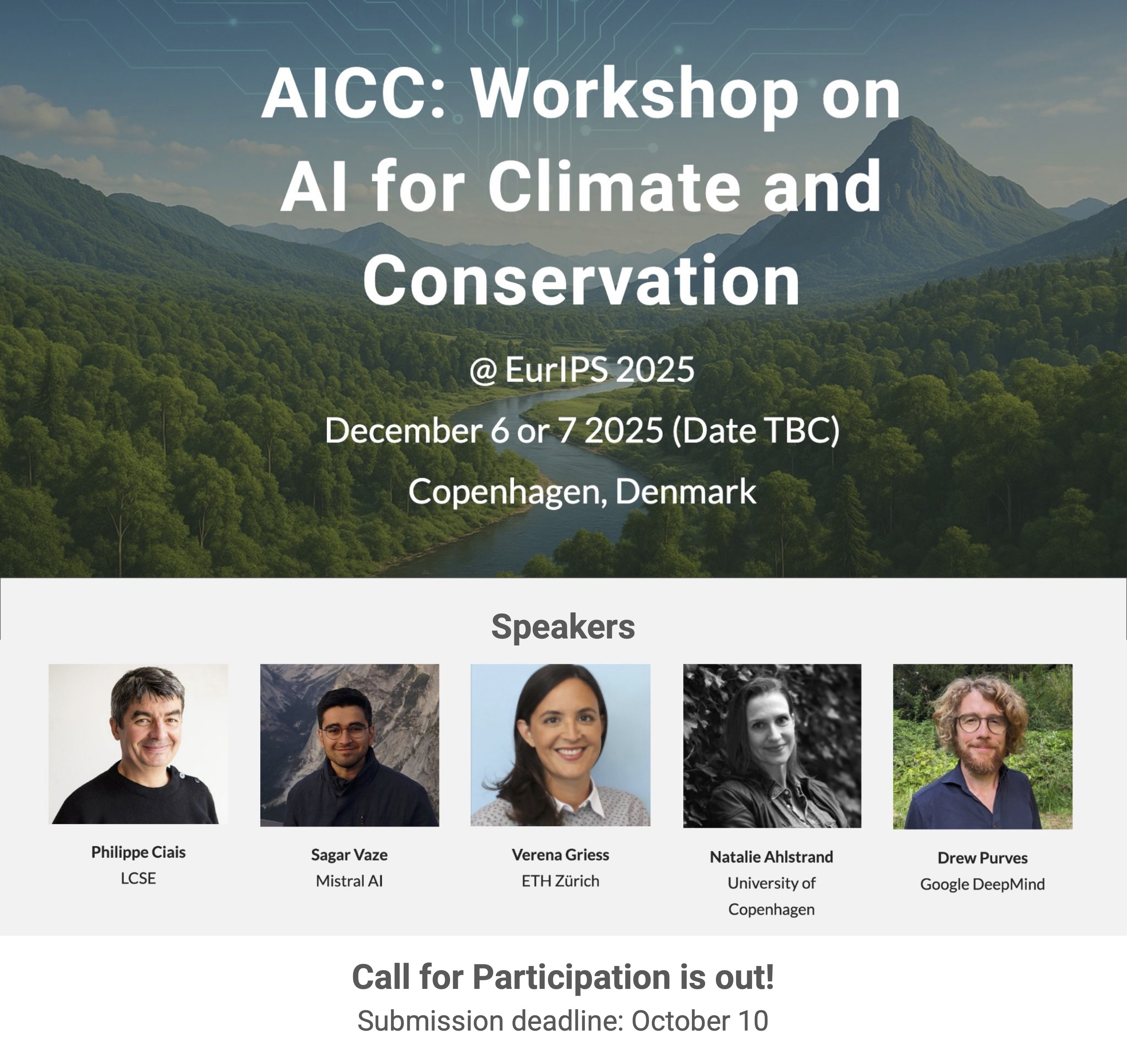Climate AI Nordics Newsletter
Welcome to the December edition of the Climate AI Nordics Newsletter!
Since launching in October 2024, our community has grown to 208 members across the Nordic region and 78 international supporters. Together, we connect researchers and practitioners working at the intersection of artificial intelligence and climate action—spanning mitigation, adaptation, and environmental monitoring.
If you know colleagues in academia, public agencies, or industry who share these interests, invite them to join us at climateainordics.com/join.
This month’s issue features community updates, job opportunities, and our featured member.
News
No current news.
Coming events
International Conference: Climate Impacts in a Changing World 2026

Event date: 2026-03-09 to 2026-03-11.
The Swedish Centre for Impacts of Climate Extremes (CLIMES) invites abstract submissions for the international conference Climate Impacts in a Changing World 2026, held in Uppsala on March 9–11, 2026. The event fosters interdisciplinary dialogue on the wide-ranging impacts of climate extremes on human and natural systems.
Read more!
SBDI Days 2026: Artificial Intelligence in Ecology and Biodiversity Research

Event date: 2026-02-10.
A conference hosted by SBDI in partnership with SciLifeLab’s Planetary Biology Strategic Area, exploring the transformative partnership between AI and biodiversity research.
Read more!
Recent events
TESSERA: precomputed FAIR global pixel embeddings for earth representation and analysis
![]()
This event took place 2025-12-11. Webinar with Zhengpeng (Frank) Feng, Cambridge. Petabytes of satellite Earth Observation (EO) data are freely available and can address critical global challenges. However, EO data quality is poor due to clouds and variable lighting conditions. To address this, practitioners typically use compositing, but this critically removes the temporal phenological signal. Moreover, supervised machine learning to map composited pixels to task-specific classes requires accurately labelled data that are rarely available. We present TESSERA, a pixel-oriented foundation model for EO time series that creates 128-dimensional latent embeddings requiring only a few labels for task-specific training to achieve state-of-the-art performance across diverse complex tasks. TESSERA uses two encoders that combine optical data with synthetic aperture radar backscatter coefficients at 10m resolution, creating embeddings fused with a multilayer perceptron to generate annual global embedding maps. TESSERA closely matches or outperforms state-of-the-art task-specific models and other foundation models across five diverse downstream tasks. It is unprecedented in ease of use, scale, and accuracy: no other open foundation model provides precomputed outputs with global, annual coverage at 10m resolution.
Workshop on Advances in Representation Learning for Earth Observation (REO) at EurIPS 2025

This event took place 2025-12-06. The REO workshop will take place in Copenhagen, Denmark, Dec 6th. (Co-located with EurIPS)!
Workshop on AI for Climate and Conservation (AICC) at EurIPS 2025

This event took place 2025-12-06. Climate AI Nordics is excited to announce that the Workshop on AI for Climate and Conservation (AICC) has been accepted for EurIPS 2025! The AICC workshop will take place in Copenhagen, Denmark, Dec 6th! (Co-located with EurIPS).
Job openings
PhD position: Machine learning and passive acoustic monitoring of birds and bats in Swedish forests

The Swedish University of Agricultural Sciences is hiring a PhD student within the Wallenberg Initiative in Forest Research (WIFORCE).
Deadline: 2026-02-10
PhD position: Data-driven insights of human adaptability to climate change

The IT University (ITU) of Copenhagen is hiring a PhD student within the project “ClimateAdapt: Human adaptability to climate change”, which is funded by the Independent Research Fund Denmark.
Deadline: 2026-01-11
PhD position in AI for biodiversity monitoring

Aarhus University is offering a PhD position on harnessing AI for biodiversity monitoring with camera trap networks.
Deadline: 2026-01-15
Your news in the newsletter!
Make sure to share your work with us, by sending us an email (contact@climateainordics.com), posting in our Slack or some other channel, and we’ll add it to the news feed! Take the chance of showcasing your work or your events to the community!
Also be sure to follow us on LinkedIn and BlueSky. Climate AI Nordics will have the most impact if you repost and like our stories!
Climate AI Nordics is a network of researchers working to harness AI in tackling the climate crisis through both mitigation and adaptation.
We promote the development of AI-based tools and optimization methods that support sustainable decision-making—helping reduce emissions, restore ecosystems, and build climate resilience.
